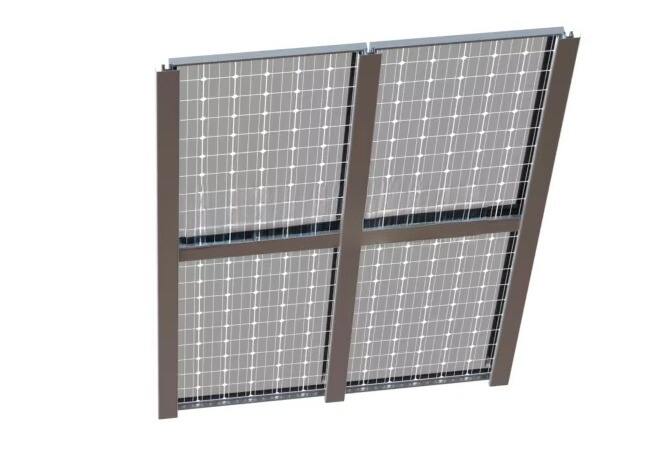A solar bracket installation guide is a comprehensive document outlining the step-by-step process of mounting solar brackets—critical components that secure solar panels to roofs, ground, or other structures—ensuring safety, compliance, and optimal system performance. These guides are tailored to specific bracket types (roof, ground, carport) and include detailed instructions, diagrams, and safety protocols to assist installers (professional or DIY) in proper setup. The guide typically begins with pre-installation checks: assessing the mounting surface (e.g., roof structural integrity, ground soil bearing capacity), verifying local building codes (wind/snow load requirements), and gathering tools (drills, torque wrenches, levelers). Next, it outlines site preparation, such as cleaning the surface, marking bracket positions (aligned with rafters or concrete footings), and installing waterproofing measures (flashing, sealants) for roof mounts. The core section details bracket assembly: attaching base brackets to the surface using appropriate fasteners (roofing screws for asphalt shingles, concrete anchors for ground mounts), ensuring level alignment (tolerance ±2mm/m), and torquing hardware to manufacturer specifications (typically 8–12 N·m for aluminum brackets). For adjustable brackets, the guide explains angle calibration (based on latitude: 15°–45° tilt) to maximize sunlight exposure, with steps to secure tilt mechanisms. Safety instructions are prominent: using fall protection for roof work, wearing PPE (gloves, goggles), and avoiding overhead power lines. Post-installation steps include verifying bracket stability (no wobble), checking waterproofing integrity, and documenting compliance with standards (e.g., UL 2703, IEC 62715). Troubleshooting sections address common issues: misalignment, loose fasteners, or compatibility with panel sizes. A solar bracket installation guide is not just a manual—it’s a tool that ensures installations meet safety standards, perform efficiently, and withstand environmental stressors, ultimately extending the solar system’s lifespan to 25+ years.
